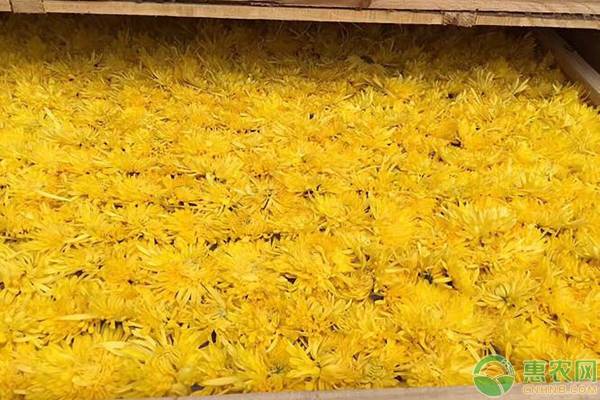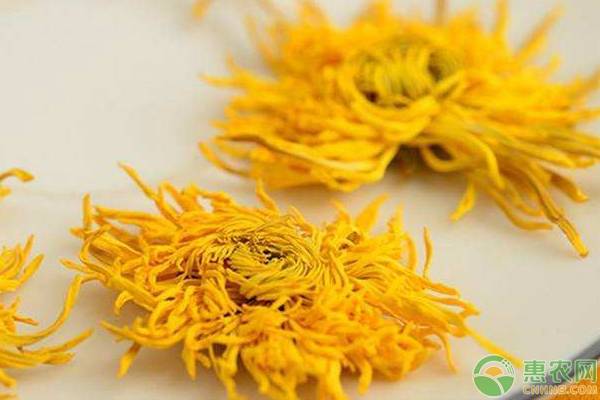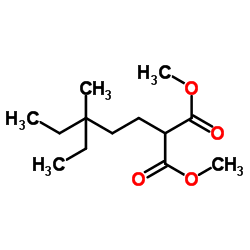How is the Golden Silk Queen? The golden silk emerald has a sweet and bitter taste and is slightly cold. It has the effects of evacuating wind and heat, calming liver and yang, clearing liver and eyesight, and clearing away heat and detoxification. Many people get angry, and they will choose to drink a golden silk emerald. Let's take a look at the key points of cultivation techniques in the South. 1 Preparation of Golden Silk Chrysanthemum 1.1 Field selection Jinsihuangju is a positive-light flower, suitable for growing in a cool, ventilated environment. The soil requirements are not high, and the sandy soil with neutral, rich humus, loose and fertile, and good drainage and permeability is the best. The most watery and wet, the soil moisture is too large, it is easy to grow poorly, if the summer rain water is too much to form water, it is easy to rotten roots. Viscous soil and low-lying land should not be planted, avoid continuous cropping. 1.2 Before the soil preparation and soil disinfection, the plot will be deepened by about 25cm, combined with 667m 2 of land preparation, 2000kg of farmyard manure, 50kg of calcium, magnesium and phosphate fertilizer, and the fertilizer will be turned into soil to make base fertilizer. The soil is finely smashed, with a width of 90 cm, a groove width of 30 cm, and a groove depth of 30 cm. After the ground is leveled, cover the black surface of the enamel surface to ensure that no water is accumulated in the film. At the same time of applying the base fertilizer, 667m2 is applied with 1.5kg of 3% phoxim granules and 0.5kg of 50% carbendazim WP, which can prevent root rot, stem rot, leaf blight and gray spot disease. Control pests such as cockroaches and tigers. 2 Golden silk chrysanthemum breeding method 2.1 Ramet Breeding After the chrysanthemum is harvested in November, the ground part of the chrysanthemum is cut off. Apply a layer of soil fertilizer to the chrysanthemum plot to keep warm and overwinter. In April of the next year, when the chrysanthemum seedlings grew to a height of 15 cm, the plants were planted in Daejeon. Generally, 667m2 ramets can be transplanted 6670m2 in the field. 2.2 Cutting propagation is generally carried out in mid-February to late March, and the seedling age is transplanted for about 1 month. 3 transplanting The cutting seedlings were transplanted from mid-March to late April, and the seedlings were transplanted in April, and about 667 plants were transplanted at 667 m2, with a maximum of 2,400 plants. 1 to 2 days before the seedling, the seedlings were sprayed with 50% carbendazim WP 800 times for sterilization. Planting in the evening on cloudy or sunny days, planting 2 rows per plant, the plant and row spacing are 50cm, and the planting hole is 6cm deep. Seedlings with developed roots were selected, and one planting of each seedling was planted in the cuttings, and one or two plants were planted in each seedling. After planting, the soil is pressed tightly, and the root water is poured; if the cover film is transplanted, the hole should be sealed with the soil and the air can not be ventilated. If the seedlings are large, the top buds can be removed to reduce nutrient consumption and increase the survival rate of transplanting. 4 Field management of Jinsihuangju 4.1 Jinsihuangju planted by cultivating and weeding in the field, it is necessary to strengthen the cultivating and weeding during the growth period. Generally, 5 cultivating and weeding are carried out every year, and each is carried out once every 5~9 months. According to the principle of weeding except “early and smallâ€, avoid Weeds affect the growth of the plant. Because the root system of the imperial chrysanthemum is shallow, it is advisable to shallow tillage when weeding and weeding to avoid damage to the root system. If the root system is exposed, it should be soiled in time to prevent lodging. The cover film is transplanted into the field of Huangju. The weeds under the armpits should be removed, and the weeds in the ditch should be removed with herbicides. Pay attention to the weather forecast and ensure that the herbicides are not exposed to rain within 3 days. 4.2 Water management Jinsihuangju avoids stagnant water. If there is too much rainwater in summer, it will easily die. Therefore, drainage management should be strengthened, and every time before and after the rain, it should be carefully checked to ensure smooth drainage. In the flowering period, if it is drought, it should be watered in time. 4.3 Timely topdressing of Jinsi Huangju Xifei, the growth of fertile land in the soil is strong, therefore, in the case of the application of base fertilizer, it should also be based on different growth stages. Planting in the open field, the first top dressing is carried out after the plant is pruned, 667m2 is applied with 1500kg of animal manure or 25kg of 45% potassium sulphate compound fertilizer, and the second time is spraying 0.2%~0.3% potassium dihydrogen phosphate on the foliar surface of the bud stage. Solution. For the chrysanthemum field with sufficient base fertilizer and transplanted film, the branch fertilizer may not be applied, but if the fertilizer is lack of fertilizer in the late growth stage, 25kg of compound fertilizer should be applied in the ditch at 667m2 in the middle and late August. Jinsihuangju should use less nitrogen fertilizer, otherwise the rate of dry flowering is low and the quality of chrysanthemum is poor. 4.4 Cut seedlings In the middle and late May, choose to cut the seedlings on sunny or cloudy days, and leave 2~3cm high shearing seedlings from the ground. In the future, keep 3 to 5 strong branches and erase the remaining weak branches to help ensure flowering time and chrysanthemum quality. 4.5 The plants that have been cut through the seedlings have many branches, large amount of flowering, and the flowers are concentrated on the top of the plants. When it is raining, the plants are easy to fall. Therefore, the brackets should be placed on the sides to prevent lodging. 5 harvesting Jinsihuangju has a longer flowering time, but the flowering time is more concentrated, mainly in early November. When the flowers are open 3/4, the sun is selected in the morning and harvested after dew. It should be processed in time after harvest to prevent flowers from rot and discoloration. You may be interested in the following recommended content about the wonderful pictures and popular comments on the Golden Silk planting technology. Welcome to read.
Peptone,Yeast extract,L-Glutamine,L-tryptophan,L-alanine,L-aspartic acid,L-methionine,L-threonine,Xanthan gum,Gellan gum,Bovine,serum albumin,Trishydroxymethylaminomethane,IPTG,Sodium pyruvate
Peptone Basic Information
Peptone Structure
Peptone,Yeast Extract,L-Glutamine,L-Tryptophan,L-Alanine,L-Aspartic Acid,L-Methionine,L-Threonine,Xanthan Gum,Gellan Gum,Bovine,Serum Albumin,Tris Hydroxymethyl Aminomethane,Iptg,Sodium Pyruvate Shandong YingLang Chemical Co.,Ltd , https://www.sdylhgtrade.com


CAS: 73049-73-7
MF: C13H24O4
MW: 244.32726
EINECS: 615-895-9
Mol File: 73049-73-7.mol

solubility H2O: 50 mg/mL
form powder
color Dark cream powder
Odor Odorless
PH 6.5-7.5 (2% in H2O)
Water Solubility Soluble in water. Insoluble in alcohol.
Sensitive Moisture Sensitive & Hygroscopic
EPA Substance Registry System Peptones (73049-73-7)